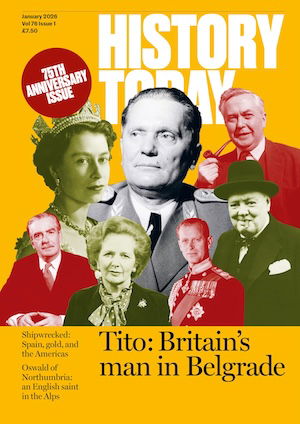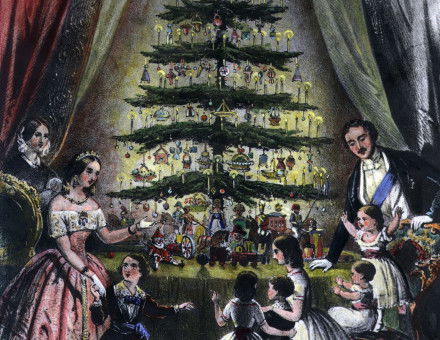The Henry III Fine Rolls
David Carpenter introduces a major new resource for the understanding of 13th-century history.
The fine rolls of Henry III (r.1216-72) are a key source for the study of politics, government and society in a reign that saw the implantation of Magna Carta into English political life and the beginnings of the parliamentary state. This month, the first instalment of this resource, hitherto largely inaccessible and unusable, will become freely available online in English translation.





